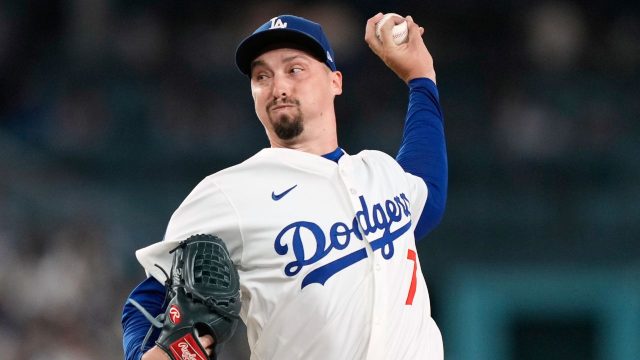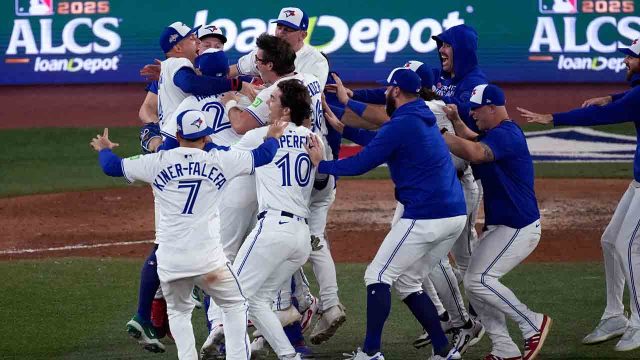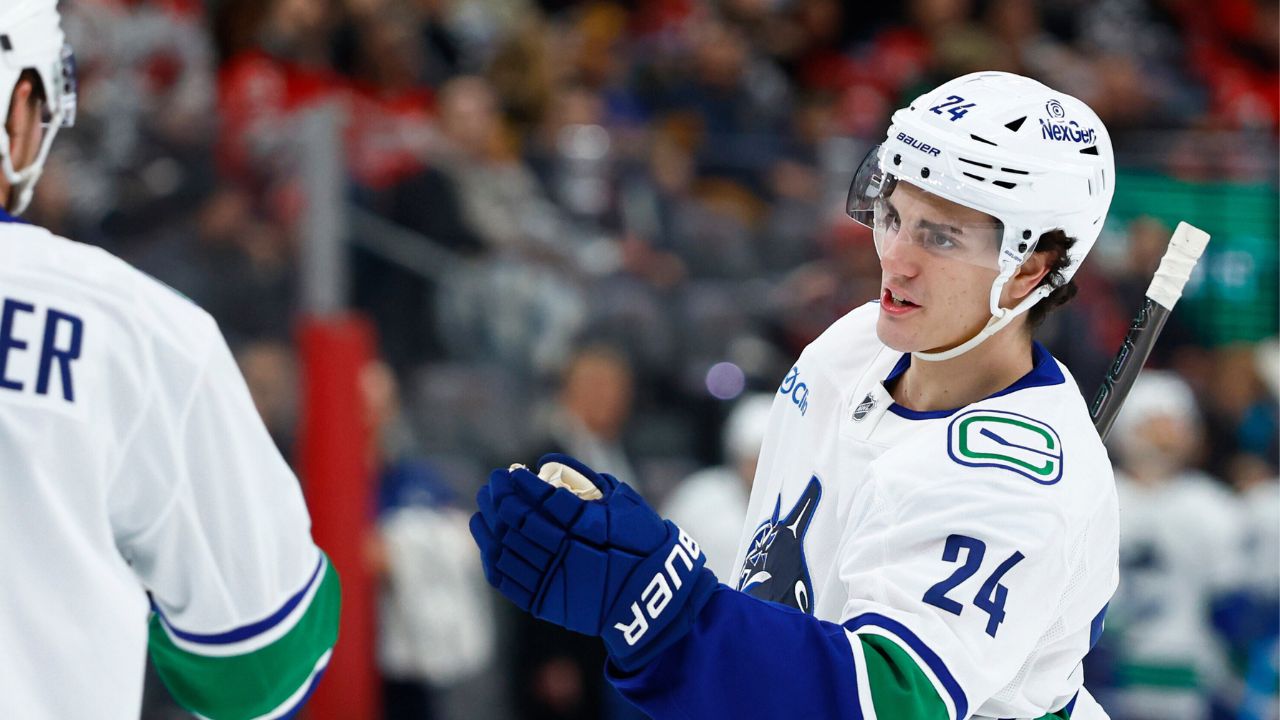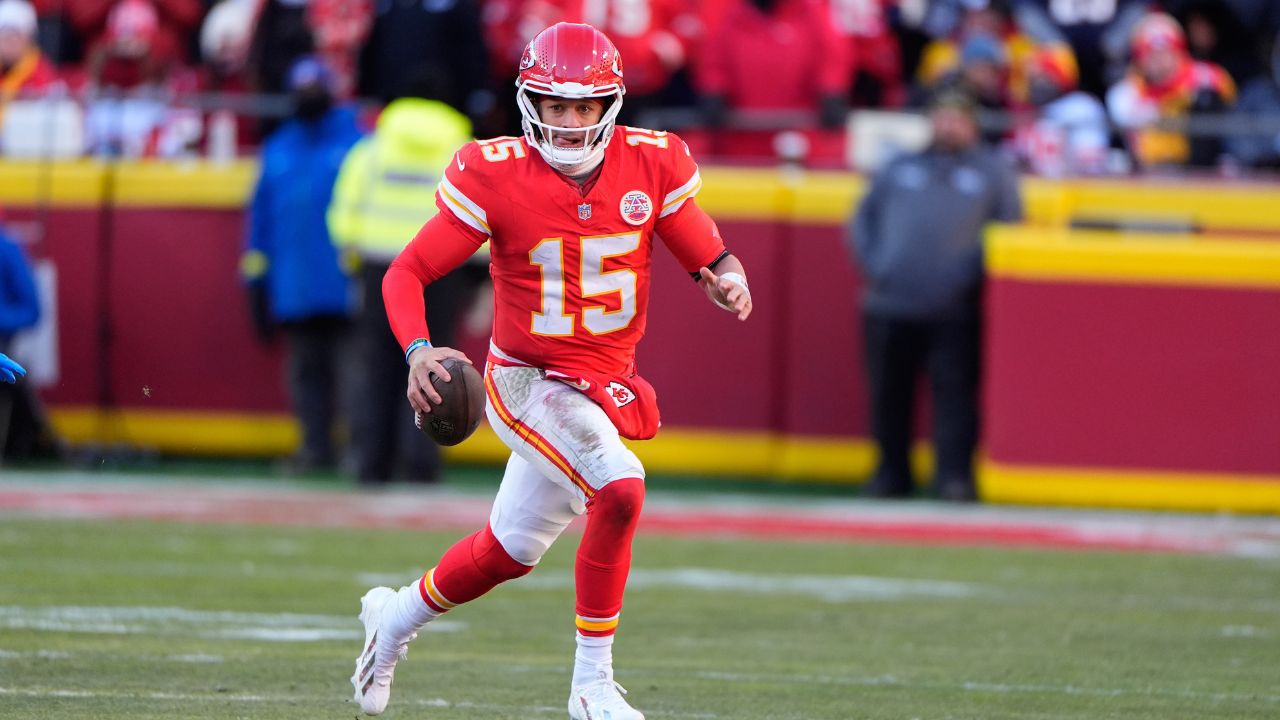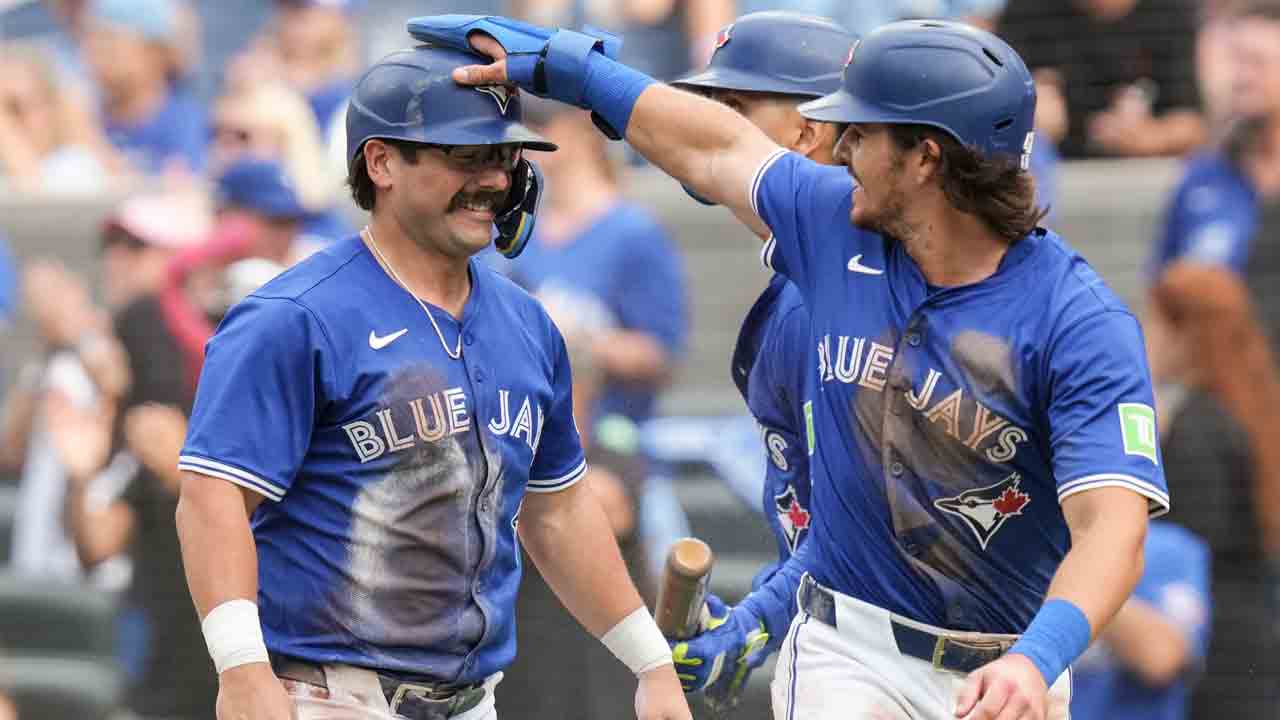
The World Series has been contested 120 times in MLB’s history, and in 76 of them — 63 per cent — the winner of the first game has gone on to win it all. It’s a trend that’s only become more pronounced over the 30 Fall Classics played since the Toronto Blue Jays last qualified in 1993, a span in which the Game 1 winner has taken the series 24 times.
Not that any decision the Blue Jays make over the next 7-10 days will be low leverage. But if past is prologue, it’s imperative that the Blue Jays maximize every variable Friday night when they open the 121st World Series on home turf.
So, let’s look ahead at some of the player deployment decisions Blue Jays manager John Schenider and his staff will be weighing over the next 24 hours.
How should the Blue Jays line things up against Blake Snell?
George Springer — RF
Davis Schneider — LF
Vladimir Guerrero Jr — 1B
Bo Bichette — DH
Alejandro Kirk — C
Ernie Clement — 3B
Daulton Varsho — CF
Isiah Kiner-Falefa — 2B
Andres Gimenez — SS
BENCH
Tyler Heineman
Myles Straw
Addison Barger
Nathan Lukes
-
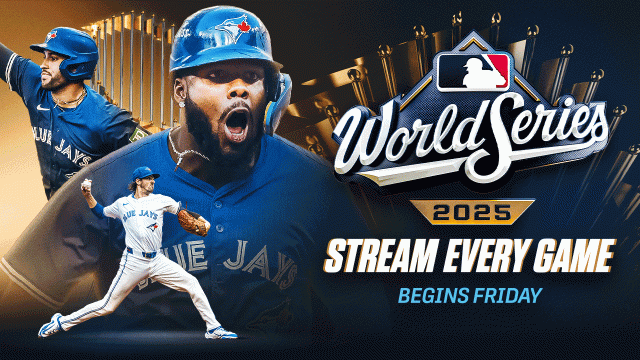
-
Watch the Blue Jays in the World Series on Sportsnet
The Toronto Blue Jays are heading to the World Series for the first time in 32 years. Watch the Blue Jays face the Dodgers beginning on Friday at 8 p.m. ET / 5 p.m. PT on Sportsnet and Sportsnet+.
The Blue Jays haven’t faced a left-handed starter since Max Fried and Carlos Rodon in the ALDS. That’s limited opportunities for Davis Schneider, who saw only five plate appearances during the ALCS. But a Game 1 matchup with Blake Snell presents an opening for his return to the lineup, and he’s surely spent the last 72 hours facing the Dodgers left-hander repeatedly on the Trajekt machine in Toronto’s batting cages.
Assuming Bichette’s on the roster, and that he won’t be ready to play nine innings in the field after nearly seven weeks out of competition, he’s the DH batting cleanup, which forces George Springer back into right field.
Springer’s battling a knee injury of his own, but it’s only a contusion and the three off days between the end of the ALCS and the beginning of the World Series ought to give him time to recover enough to play the field. When Nathan Lukes is in the lineup against a right-handed starter, Springer can play left which is slightly less defensively demanding. But Schneider’s best position is left, so Springer gets the assignment in right for Game 1. Lukes and Myles Straw are on the bench should the Blue Jays want to maximize their outfield defence late in the game.
Addison Barger found a groove towards the end of the ALCS, but his .607 OPS against lefties this season — and .551 in his MLB career — forces him to the bench for as long as Snell’s in the game. But he can pinch-hit for Kiner-Falefa late if the Blue Jays need a knock, as can Nathan Lukes for Schneider if Dave Roberts beings Blake Treinen or Roki Sasaki out of his bullpen.
Varsho’s left-handed bat is in the lineup primarily because his centre field defence is indispensable. But he also went 12-for-33 against lefties in August and September, demonstrating that a recent adjustment is allowing him to hang in better against same-sided pitchers. And he always has the threat of dragging a bunt if Snell proves particularly challenging to square up.
How long will Trey Yesavage’s leash be?
So far in the postseason, the Blue Jays have let Yesavage go progressively deeper into outings, giving him two trips through in the divisional series against the Yankees, 20 batters in his first start against the Mariners, and 23 when he returned for Game 6.
But we’re still talking about a 22-year-old in his first professional season making only his seventh big-league start, so that last Mariners outing — 87 pitches against 23 batters — is likely his limit.
If he’s throwing strikes, missing bats, and limiting hard contact, Yesavage can cruise through the order twice before Schneider needs to make a decision. Allowing him to face the three future Hall-of-Famers atop the Dodgers order a third time would certainly be a risk, one made more amenable if the Blue Jays have a sizable lead and Yesavage is holding his stuff.
But if the score’s tight, Yesavage’s velocity is declining, and the swings against him are appearing more comfortable, it would make sense to give Shohei Ohtani, Mookie Betts, and Freddie Freeman a different look for their third plate appearances.
How should the Blue Jays deploy their bullpen?
The Blue Jays have preached the importance of varying a hitter’s looks throughout the post-season, and they did an excellent job of that against the Mariners. Of Seattle’s top-six hitters, the only ones to see a reliever three times or more were Julio Rodriguez (Louis Varland, four times), Randy Arozarena (Jeff Hoffman, three times), and Eugenio Suarez (Varland three times; Mason Fluharty and Seranthony Dominguez, three times).
Meanwhile, Cal Raleigh and Josh Naylor — Seattle’s two best hitters in the series — didn’t see any Blue Jays reliever three times. And even though Varland pitched in six of the seven games, Raleigh and Arozarena didn’t see him until Game 7.
The Blue Jays are prioritizing this because just as there’s a third-trip-through penalty for starters, there’s a third-time-seen penalty for relievers in postseason series. Since 2019, postseason hitters are OPS’ing .684 against relievers overall. But when facing a reliever for the third time in a series, they’re OPS’ing .833. That’s a 150-point jump.
So, Schneider and his staff will have a plan for how they’re going to limit the familiarity penalty for the dangerous hitters atop the Dodgers’ lineup over the course of the series. That means Varland, Fluharty, Eric Lauer, Braydon Fisher, and, yes, even Brendon Little could get opportunities to navigate that minefield.
Which one of them draws the assignment in Game 1 likely depends on game script. Is it a tie game, or are the Blue Jays protecting a slim lead? Then Varland’s the first choice. Is there some cushion to a lead or deficit? Then perhaps Fluharty or Lauer get the opportunity while Varland is saved for a more meaningful spot. Is the score lopsided? Then that would be a good opportunity to get Little back into a game and let him work through any lingering aftereffects from his disastrous appearance in Game 5 of the ALCS.
Beyond that, Dominguez and Hoffman are clearly the best options to protect leads in the eighth and ninth. Chris Bassitt looked great pitching in leverage in the final game of the ALCS. But if Lauer’s going to be used as a situational left-hander in shorter stints, then Bassitt may need to be preserved as a length option if needed to take over following a short start or in extra innings.


